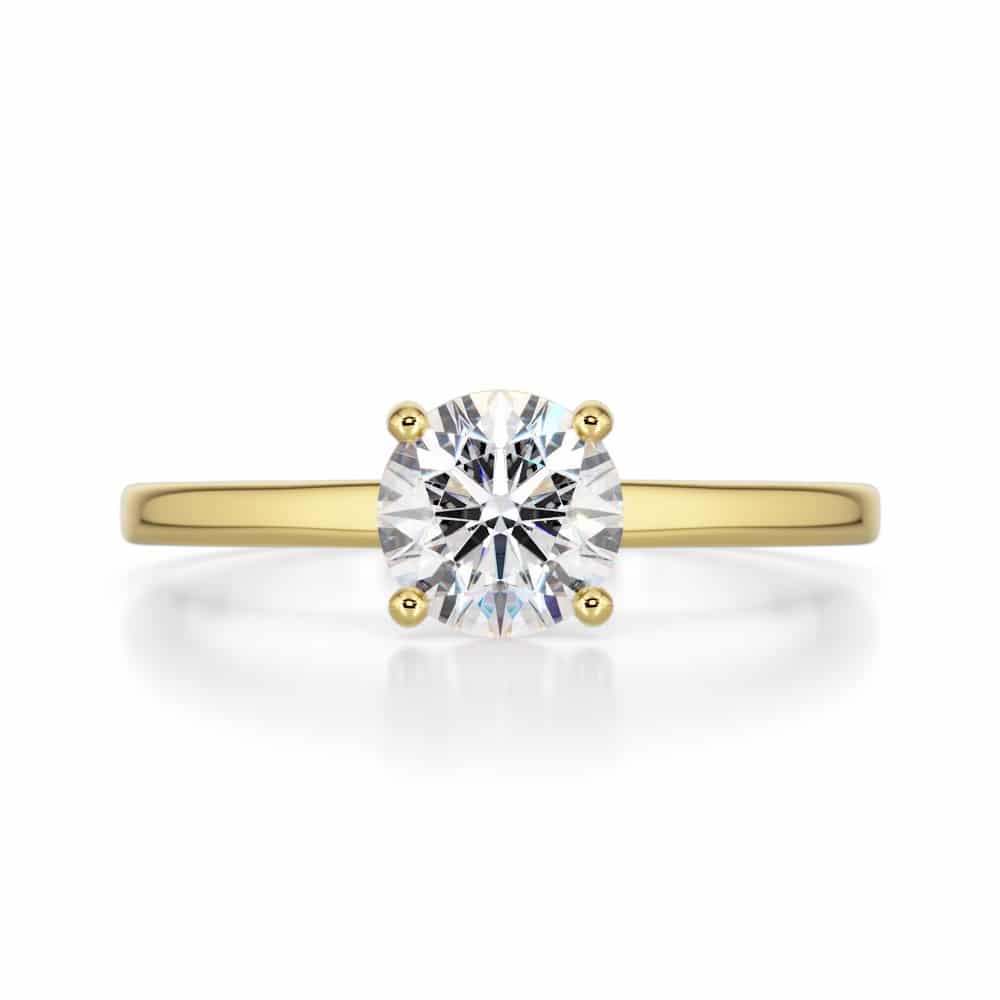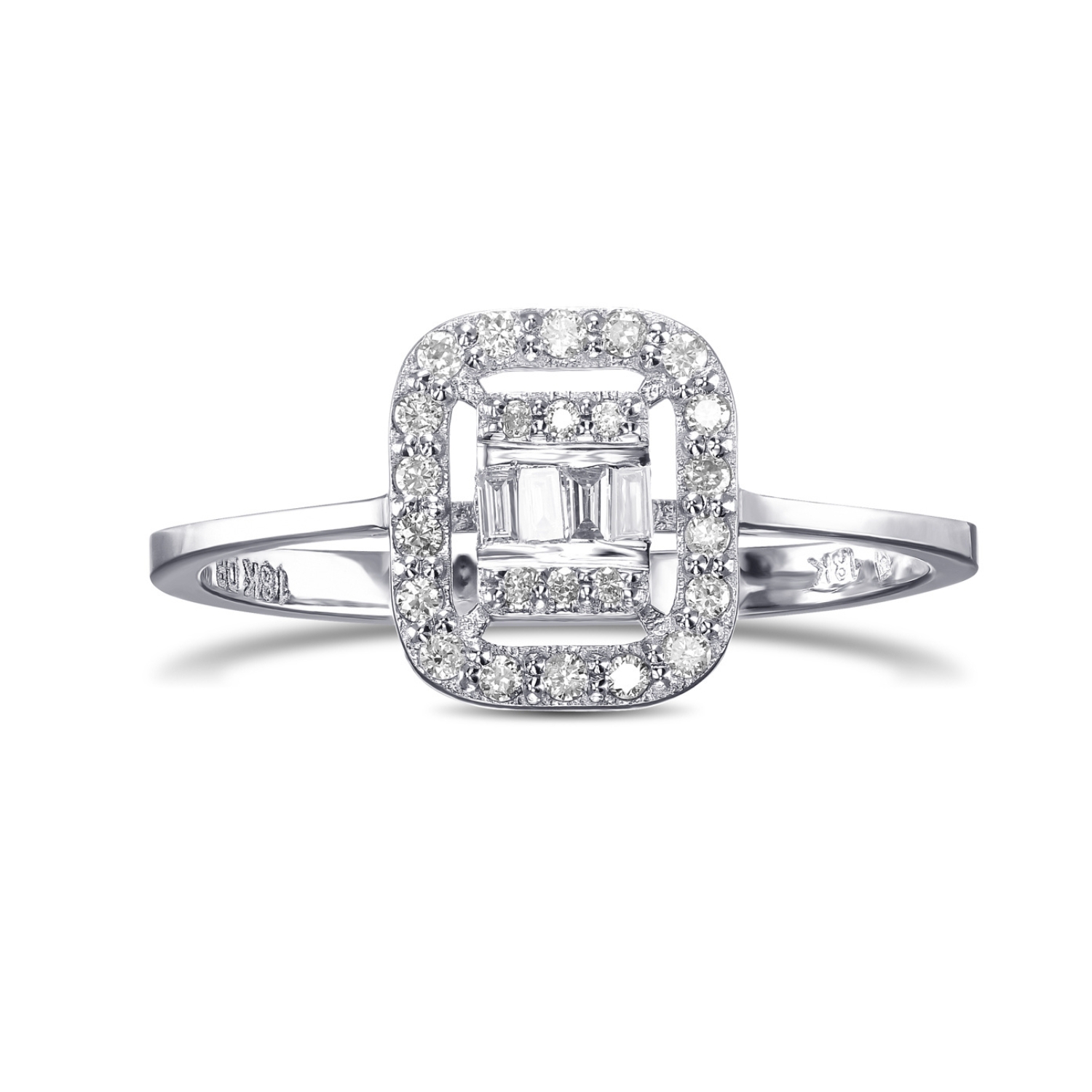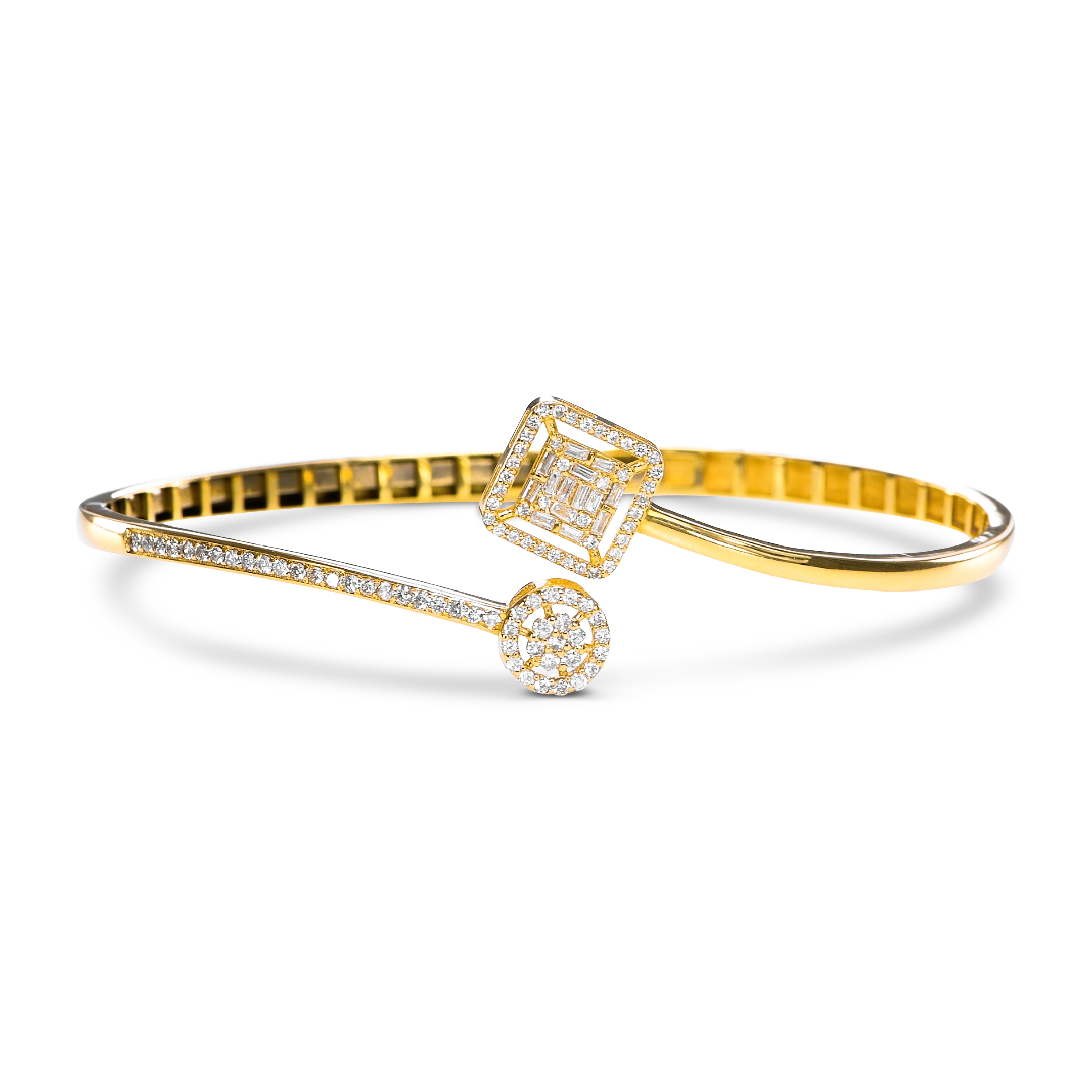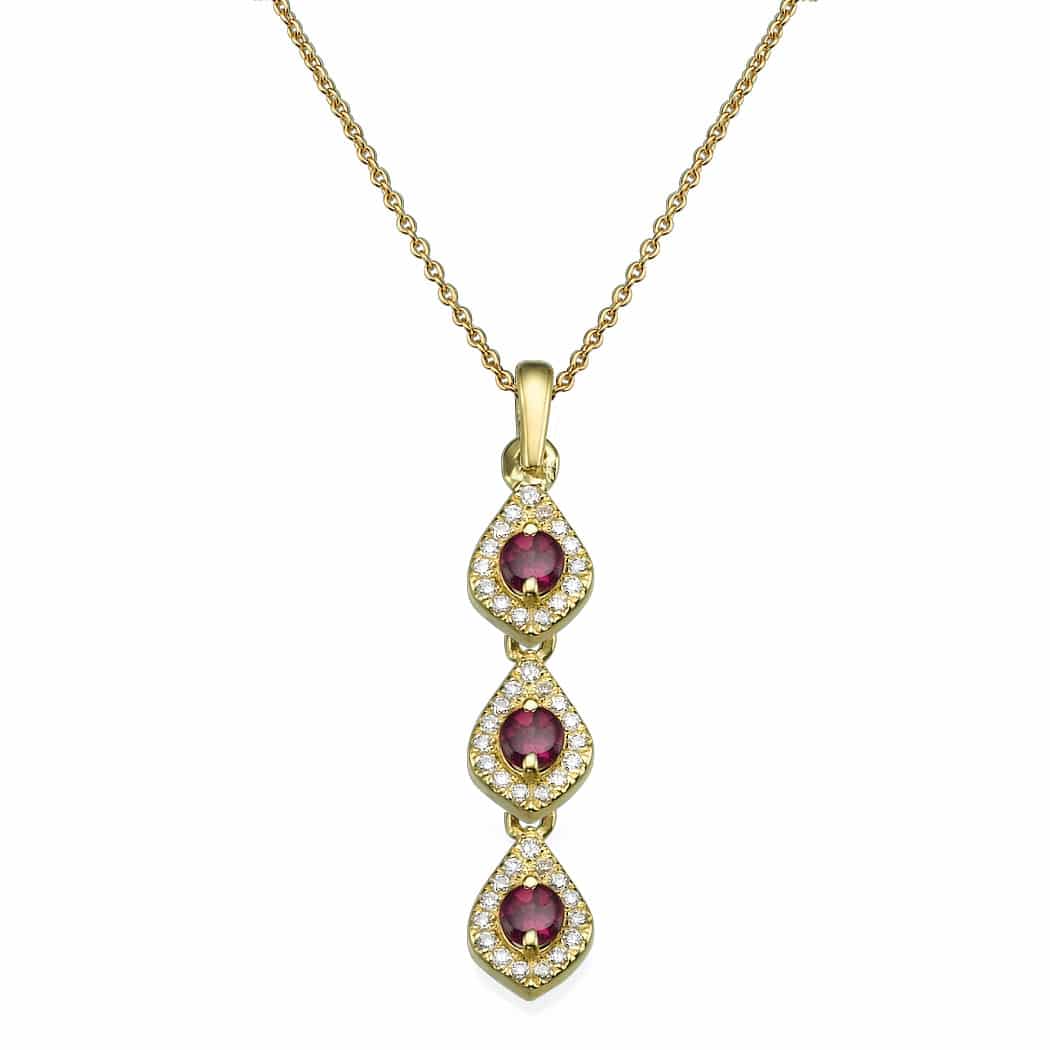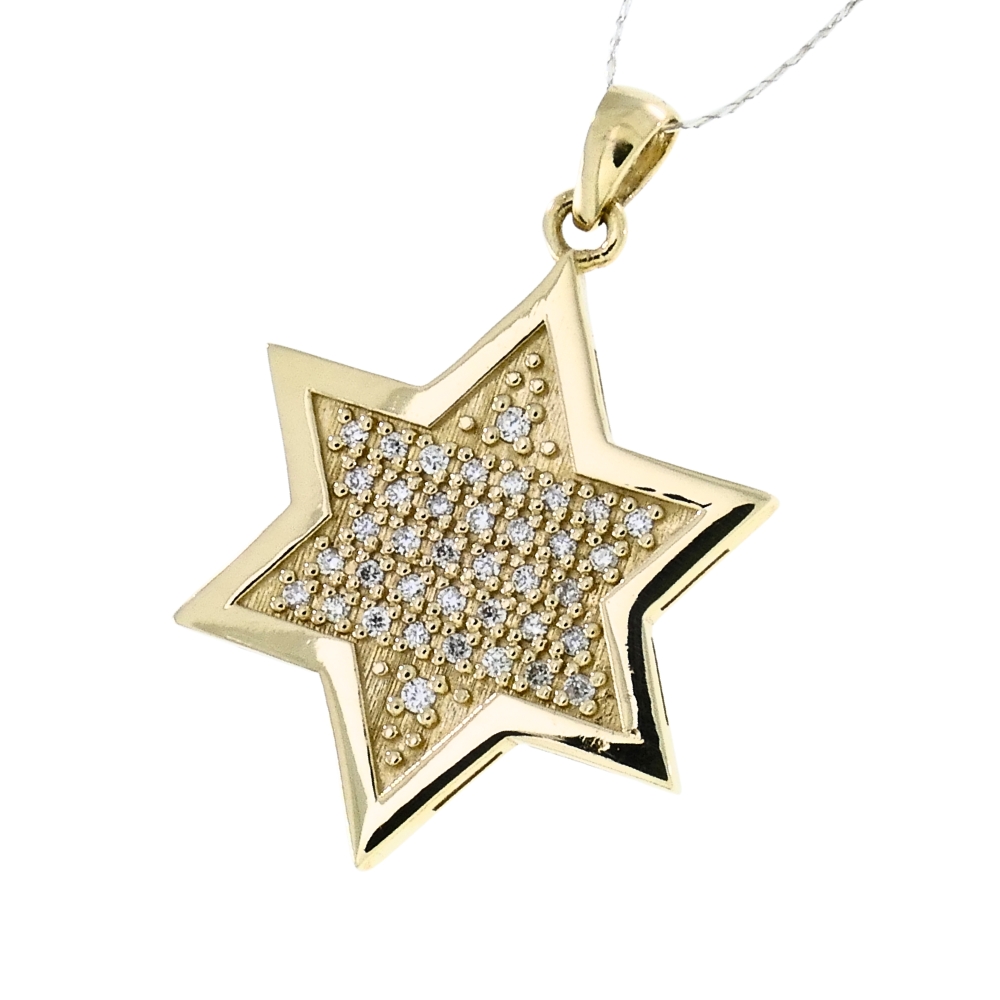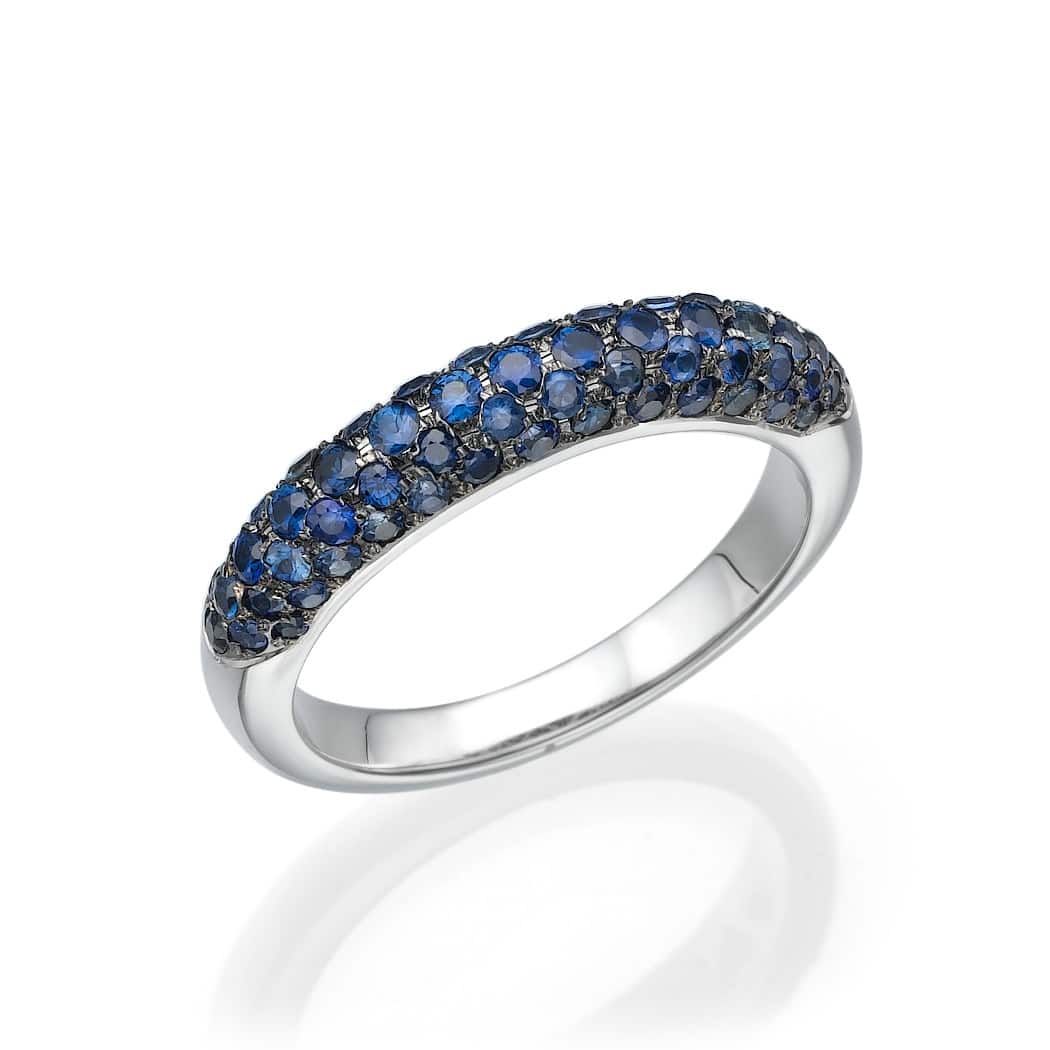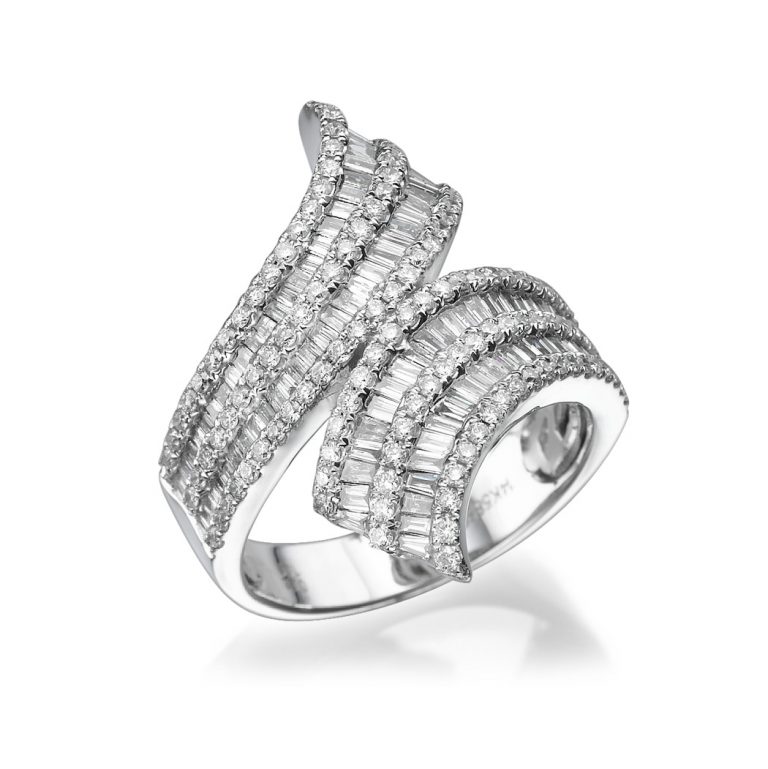We have already heard the famous phrase “You’re engaged to me” many times. But what does it mean, and where did it all come from? We will try to help you understand the meaning of engagement in all religions, in preparation for the most important event in your life.
By: Diamonds of the Exchange, 2021
You have been in a relationship for a while and want to start the next phase of your life. The next step is of course marriage and tying your lives together.
Before the Kiddushin and the canopy there is also an engagement, or betrothal, which is actually consent to the wedding from both sides, and the period between the marriage proposal and the wedding. In a halachic sense, an engagement is the stage between the consecration and the marriage, which in the past were held separately, with a long time separating them. Today, these stages are carried out with a short time difference during chuppah and consecration.
in Judaism
According to the Jewish tradition, the marriage of a man and a woman consists of two parts: an engagement (called also sanctification) and marriage. The engagement takes place when the man, known as the “fiancé”, gives the woman, known as the “fiancée”, a sum of money or its equivalent. This action is referred to as “snatching”. During the Talmud period, the engagement ceremony took place one year before the marriage ceremony; Even after the engagement ceremony, the bride stayed to live with her parents until the day of the marriage ceremony – the official date when she leaves her family and moves in with the groom, her official husband.
Since the Middle Ages, the engagement and marriage ceremonies have been combined into one integrated ceremony. Today, it is customary for the groom to wear a ring on the bride’s finger and declare publicly “You are consecrated to me with this ring like the religion of Moses and Israel”. According to the Halacha, the husband sanctifies the wife, and the wife does not sanctify the husband; From the moment the ring is put on the bride’s finger by the groom and onward, the two are bound by a halachic-legal bond to each other, but they still cannot live together as a married couple.
The second step in the modern wedding ceremony is the marriage step: a process carried out by standing together of the couple under the canopy and communion afterwards in a locked room, actions that symbolize the beginning of the couple’s life together.
Even though the common nickname for the bride and groom in the period between consent to marriage and the wedding is ‘engaged’ , the real engagement takes place only under the canopy.
Today, there are three ways in which a man can sanctify his wife: with money, Bill and Bia. The majority customarily consecrate money made by giving the engagement ring to the bride and saying the text: “You are sanctified to me with this ring like the religion of Moses and Israel”. From the engagement onwards, the bride is considered a man’s wife, and if they want to separate, the groom will have to give the bride a divorce.
Some people confuse a dowry with an engagement ring. According to Jewish law, the bride’s father must give his daughter a dowry – a certain amount of money. The purpose of the dowry is to encourage a potential groom to enter the institution of marriage. On the other hand, wearing the engagement ring constitutes the bride’s consent to marry, and therefore is not part of the dowry.
in Christianity
Engagement in Christianity has been accepted since the 13th century, or more precisely – since The year 1215 when a council chaired by Pope Innocent III ruled that “marriages will be announced publicly in churches by priests at a suitable and fixed time, so that if there are legal obstacles, they can be announced”. Even in Christianity engagement rings are part of the process, when the duration of the engagement period is not fixed. There are couples whose engagement period lasts a few months, while others have several years.
In Islam
In the Muslim religion, the engagement is accompanied by a big celebration called “Hafela”, which is organized by my parents The couple to friends, family members and close neighbors. During the ceremony, the fiance brings various jewelry of his choice, including an impressive engagement ring, symbolizing the fact that from this moment on he will be the one to provide for her Since she leaves her father’s house and goes to the disposal of her intended husband.
in ancient history
In ancient times, the parents of the bride and groom would set the date of the engagement. In such a case, the engagement would have taken place when the couple were quite young. Therefore, the waiting period between the engagement and the marriage was sometimes extremely long, and even spread over quite a few years. The custom of the engagement ring, throughout history, probably first developed in ancient Egypt. Later, ancient Greece adopted the Egyptian invention; But only later, during the Roman Empire, was the official Roman marriage law enacted, which was written down and became a sort of “world standard” over the years. Roman law apparently adopted the Jewish custom and thus the engagement ring entered the Roman ceremony, where the groom-to-be offers the ring, immediately after he declares under oath his intention to marry the bride.
Only a few know that in ancient Rome, engaged women used to use two different rings : an expensive gold ring intended for leaving the house and for public events, compared to an everyday and cheap ring made of iron, intended for use within the confines of the house.
And where is the practice established, according to which engagement rings are worn only on the left ring finger? This is a remnant from the Roman period, when it was decided that the fourth finger between the little finger and the mother’s finger was the appropriate place to wear the ring – using the left hand, not the right hand. The Romans believed that from the left ring finger comes a vein that reaches the heart; They called it the “artery of love” (vena amoris, in Latin).
As you can learn, throughout history you can find many evidences and references to rings given as a symbol For the engagement of spouses in most major religions of the world. These rings are an integral part of the engagement process. Also, the main feature of the engagement ceremony is intended to announce a future intention to marry, when the couple has not yet moved in together under one roof.

